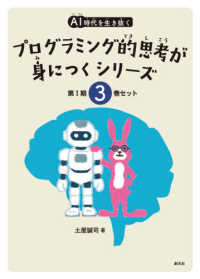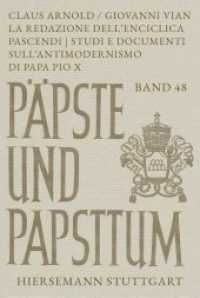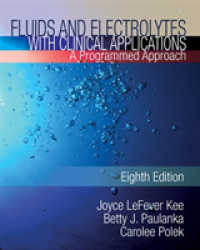Full Description
Students who are gifted and/or talented are known more for their contributions and potential contributions than any other group of students. Meeting the educational needs of these students, however, can be a tremendous challenge for those who teach them. In Teaching Students With Gifts and Talents, Bob Algozzine and Jim Ysseldyke offer educators helpful information for identifying gifted and talented students, and present effective approaches - enrichment and acceleration - to ensure that these exceptional students are constantly challenged and engaged. Highlights include:o A pre-test and post-test to help readers assess their understanding of giftedness and how the needs of gifted and talented students are best addressed o Cognitive, academic, communicational, physical, and behavioural characteristics that are associated with high-ability learners o Effective approaches and activities to keep gifted and talented students motivated and reaching ever-higher levels of achievement o Key vocabulary terms
Contents
About A Practical Approach to Special Education for Every TeacherAcknowledgementsAbout the AuthorsSelf-Assessment IIntroduction to Teaching Students With Gifts and Talents1.Which Students Do We Consider Gifted and/or Talented?Federal LegislationVarying State DefinitionsIdentification of Students With Gifts and Talents2.What Characteristics Are Associated With Gifts and Talents?CognitiveAcademicPhysicalBehavioralCommunication3.What Should Every Teacher Know About Teaching Students With Gifts and Talents?Enrichment TacticsAcceleration Tactics4.What Trends or Issues Influence How We Teach Students With Gifts and Talents?The Evolving Concept of GiftednessMoving Beyond Intelligence TestsTips for Teachers5.Gifts and Talents in Perspective6. What Have We Learned?Key PointsKey VocabularySelf-Assessment IIAnswer Key for Self-AssessmentsOn Your OwnResourcesBooksJournalsOrganizationsReferencesIndex








